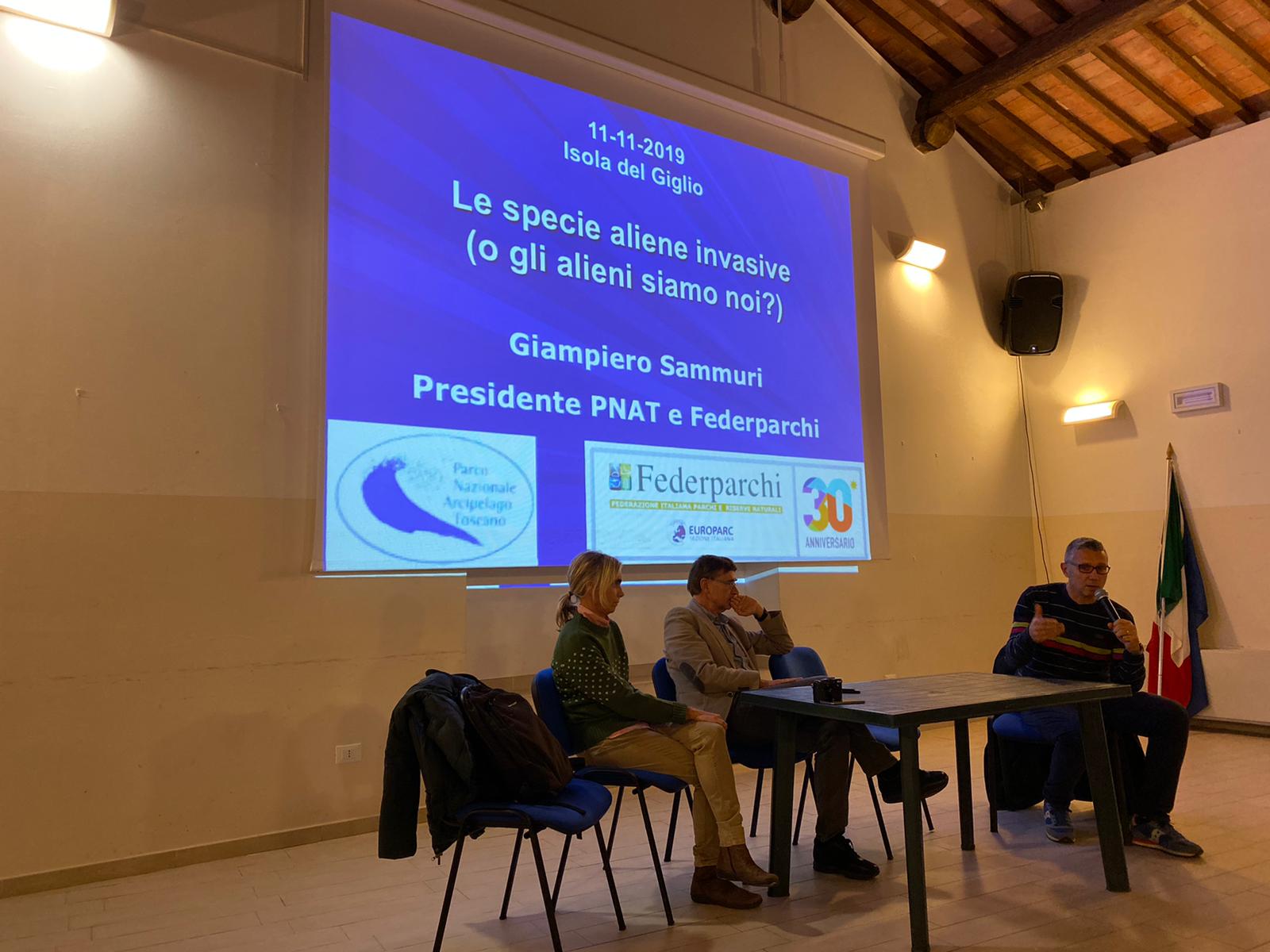The actions envisaged by the project will be the following:
- Control of the Carpobrotus: will be concentrated in a couple of areas to the south, in Capel Rosso, and another on the north coast of the island. The actions will follow the lines defined in a specific executive project, with the use of manual removal and mulching techniques, with the exclusion of chemical treatments.
- Eradication of the mouflon: Eliminating the impact of this species in the habitats and the entire ecosystem of the island and prevent an increase in the impact due to the gradual increase in population. The nucleus is made up of a few dozen specimens, some of which will be captured, marked with radio collars and subsequently released to facilitate the identification of other animals; the activity is complex especially at the end, when it comes to identifying and removing the last remaining specimens.
- Wild rabbit control: The aim is to reduce the rabbit’s impact in open environments, including some habitats used by migratory and nesting bird species. Farmland owners and tenants will be involved and trained in trapping animals and developing a program for the subsequent management of wild rabbits throughout the Giglio Island.
- Restoration of artificial Aleppo pine forests: after the definition of the executive project, with the identification of the areas and the type of intervention, thinning activities will be started on about 4 hectares of forests with Aleppo and stone pines, to accelerate the process of natural evolution and the spontaneous growth of shrubs and holm oaks. In the following years, the sowing/planting of native species (holm oak and other species) is envisaged.
- Eradication of the Trachemys scripta: The activity involves the manual removal of all found individuals and the scrupulous search for other individuals possibly present in the Fosso della Monaca, adjacent to the small pond subject to the intervention.
- Construction of 4 artificial ponds: during the preliminary reconnaissance, suitable areas will be identified for the intervention that will be carried out with materials found on site. The creation of these small reservoirs (presumably between 10 and 20 square meters) will be adjacent to waterways so that the supply of water is guaranteed in a natural way.




